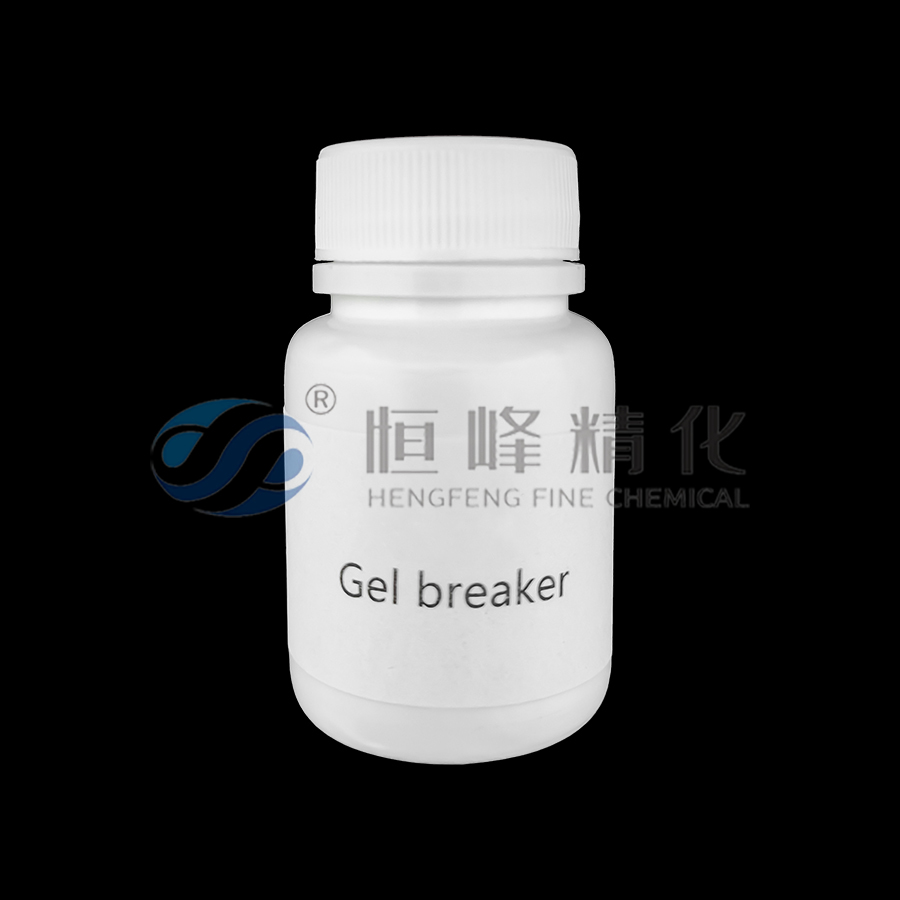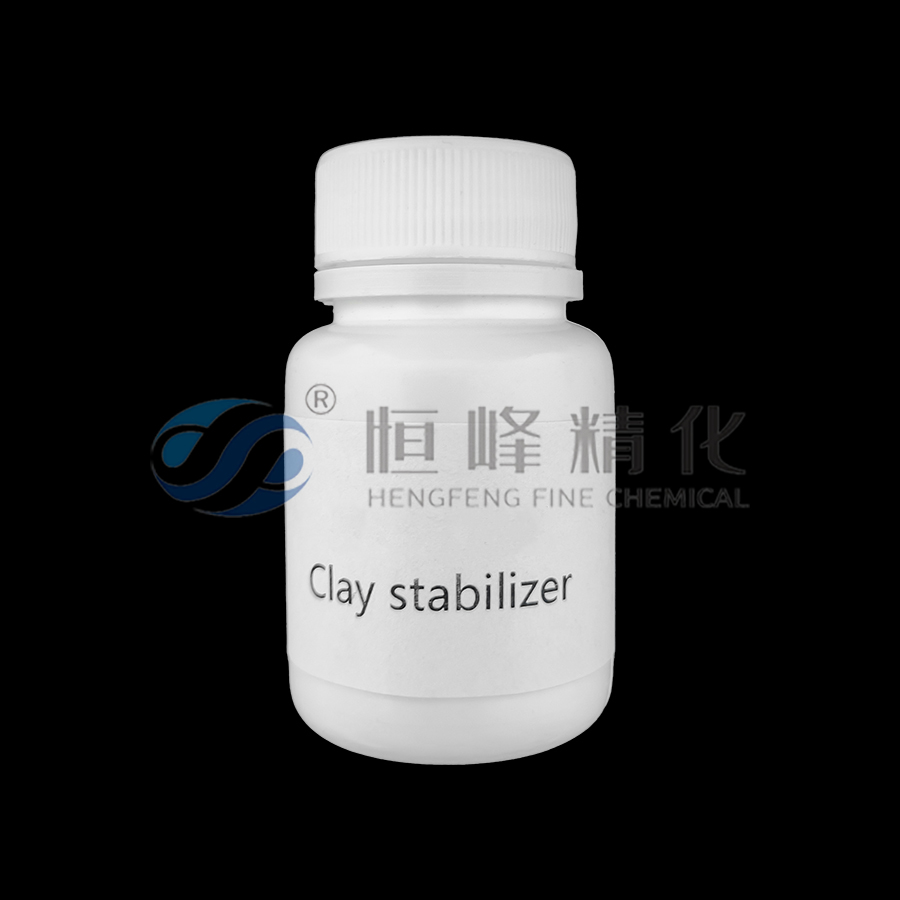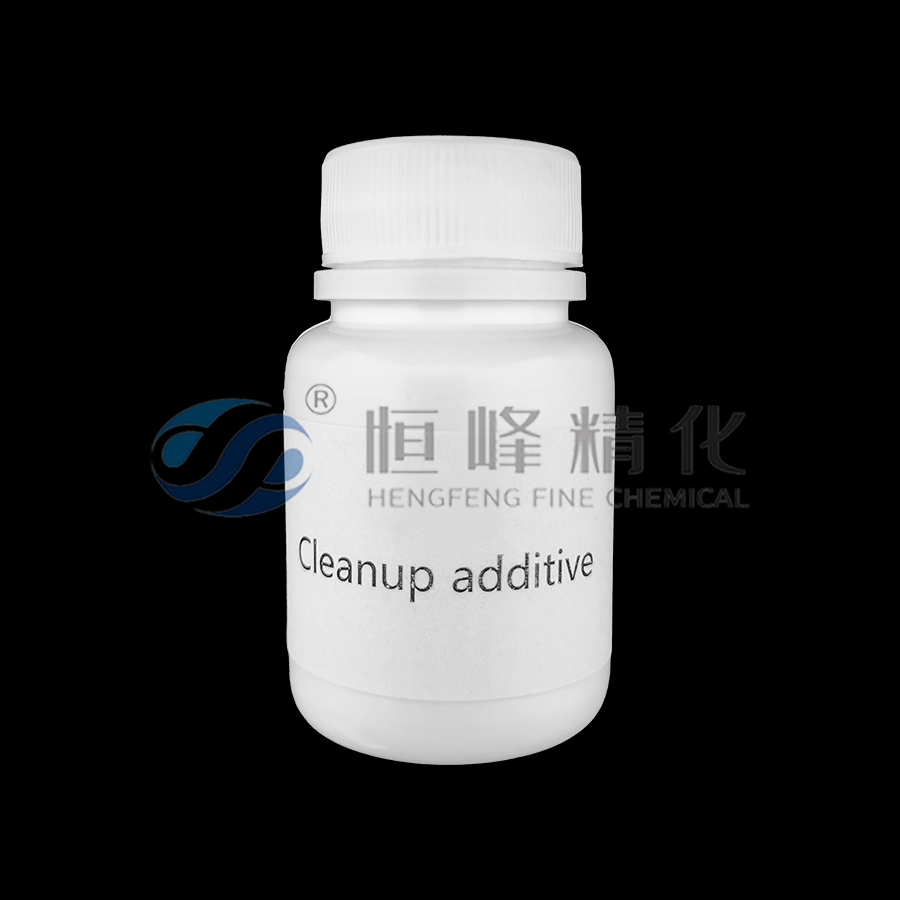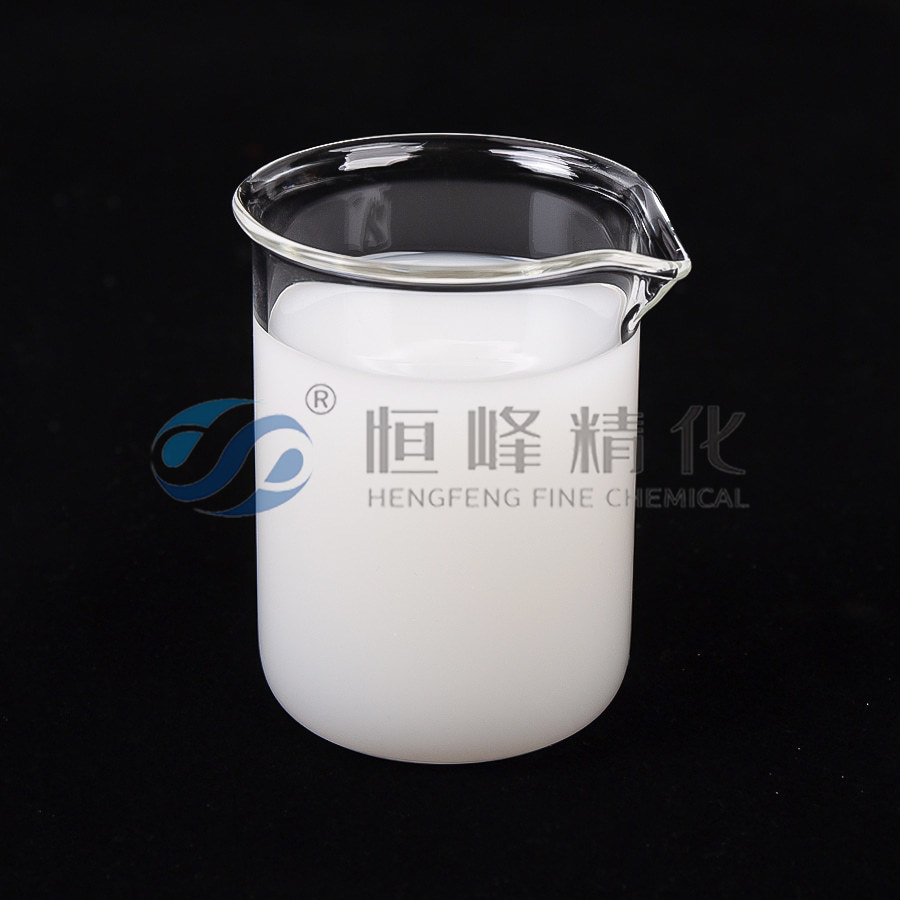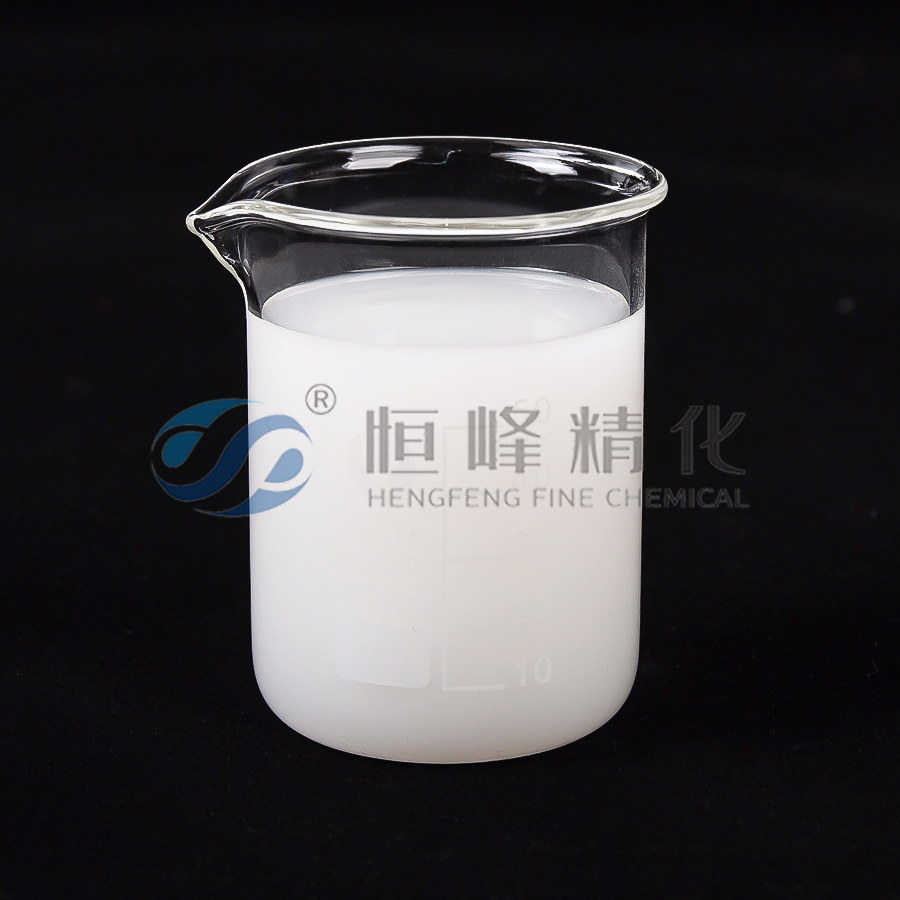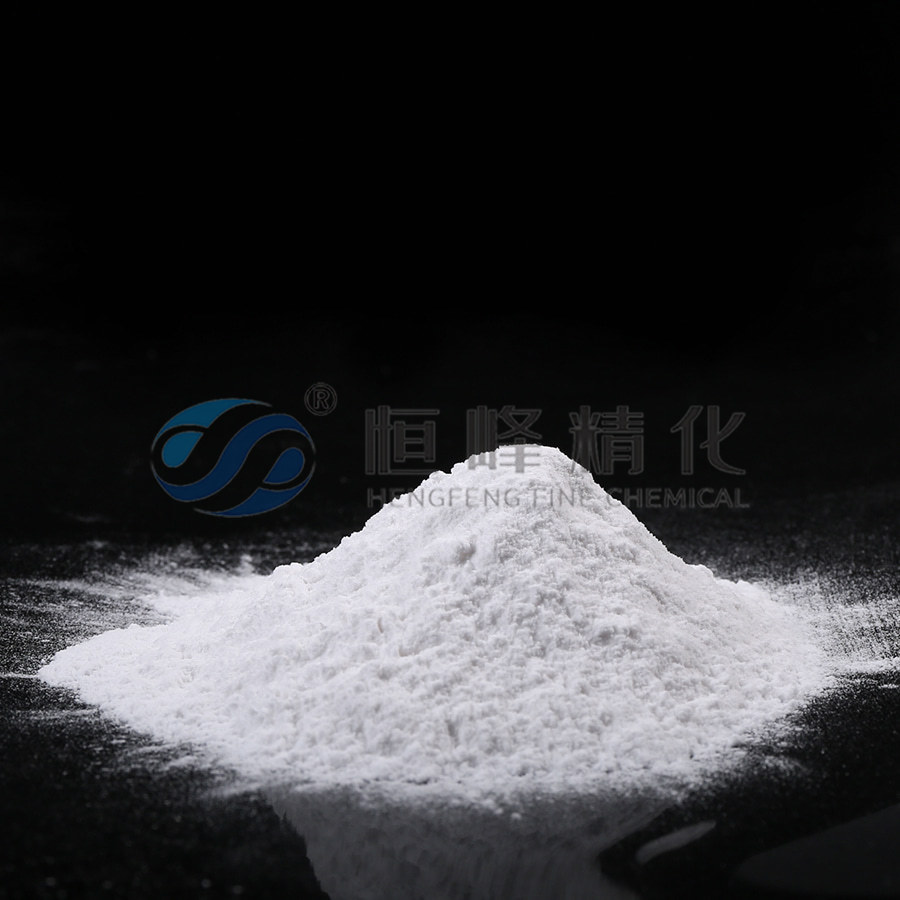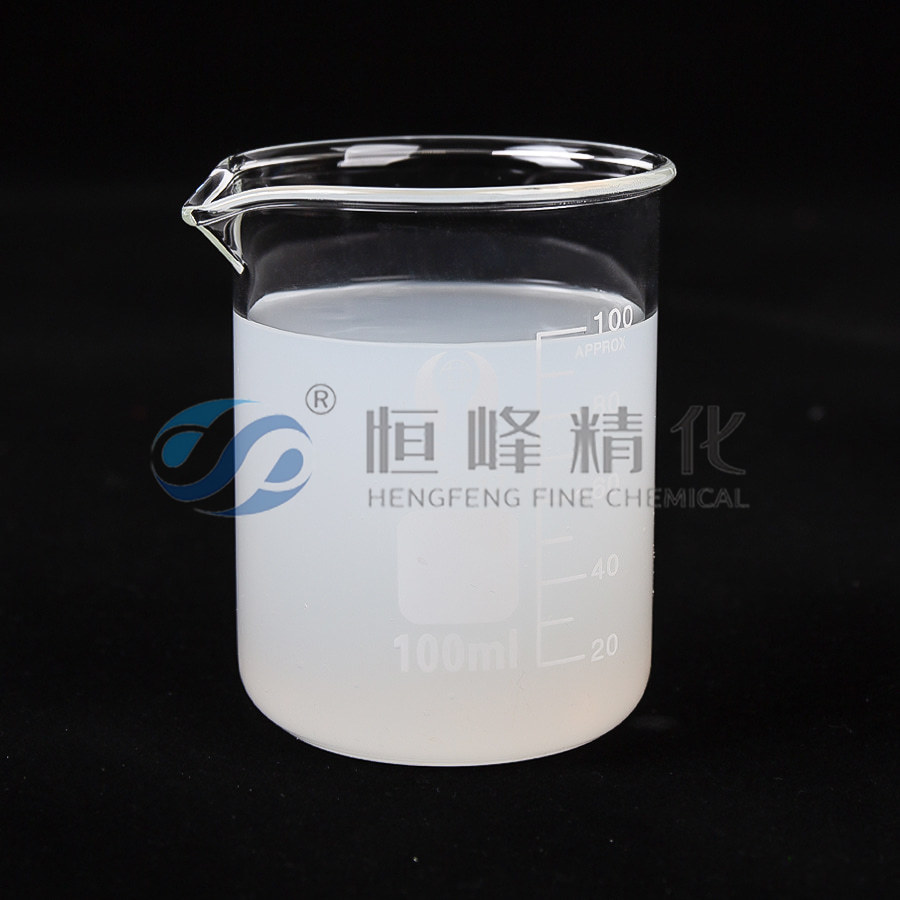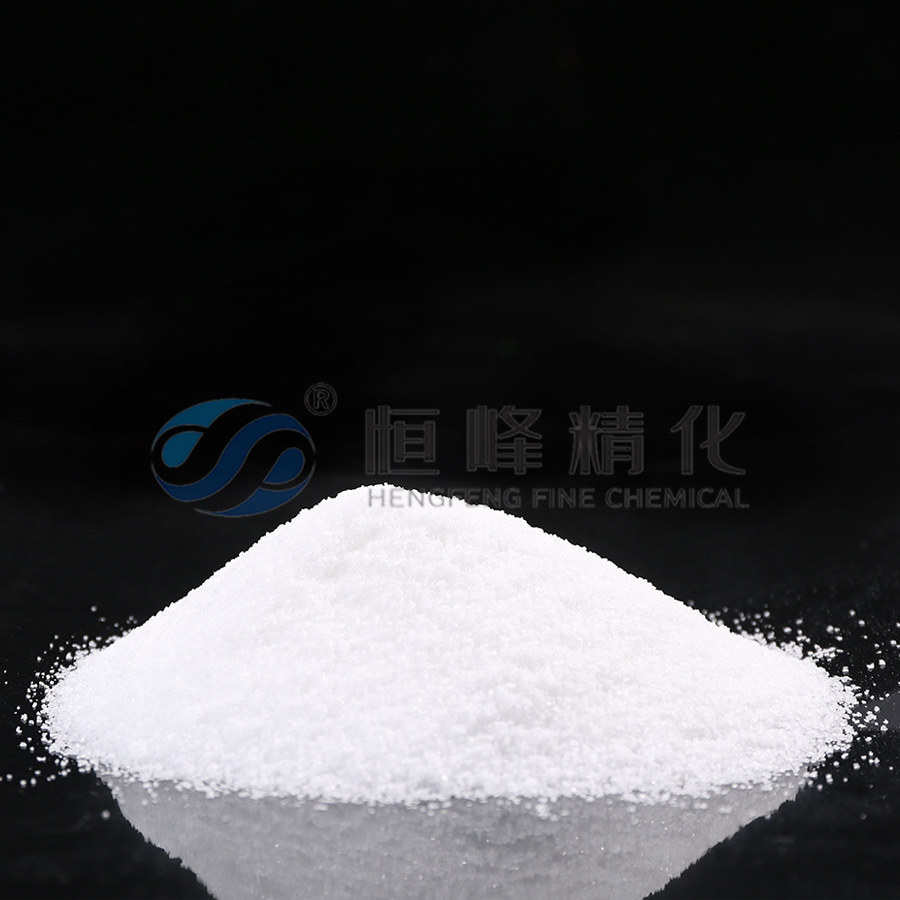Is Hengfeng Anionic Polyacrylamide Emulsion Right for You?
anionic polyacrylamide emulsion presents transformative possibilities for modern resource conservation. This advanced polymer technology offers multifaceted solutions addressing critical environmental and operational challenges across industries, particularly in agricultural water stewardship. Its unique properties fundamentally alter interaction dynamics between soil particles and aqueous systems.
Within agricultural irrigation, erosion control constitutes merely the initial advantage. Consider furrow application scenarios where uneven topography creates complications. Faster-moving currents across steeper upper sections dislodge substantial sediment loads. As water velocity diminishes across flatter lower terrain, displaced particles inevitably settle, progressively shallowing channels. This sedimentation phenomenon triggers unintended flooding, severely compromising irrigation precision and crop vitality. Anionic polyacrylamide emulsion intervenes electrostatically, binding loose particles into stabilized aggregates resisting hydrodynamic forces. Consequently, larger stream volumes become feasible without destructive scouring, dramatically shortening field advancement durations while preserving channel integrity across multiple growing seasons.
The technology delivers equally vital subsurface benefits. Turbid irrigation flows carry suspended fines that inevitably invade soil macropores. Without intervention, these migrating particles create impermeable sealing layers along furrow boundaries, drastically suppressing infiltration capacities over successive watering cycles. Anionic emulsion application prevents this debilitating pore-clogging mechanism. Stabilized soil architecture maintains natural permeability pathways, permitting consistent hydraulic conductivity. Fields consequently achieve uniform moisture distribution essential for root development, even while accommodating increased inflow rates safely. Such permeability preservation proves especially valuable in arid regions every water unit.
Beyond erosion suppression and infiltration enhancement, operational efficiencies emerge substantially. Reduced sediment deposition translates directly into diminished land leveling requirements and lower maintenance expenditures. Equipment experiences decreased abrasive wear from particulate matter. Water conservation becomes inherent – faster advance phases minimize evaporation losses while precise application curtails tailwater runoff. Crop yields frequently improve through elimination of flooding stress and promotion of healthier root ecosystems accessing stable moisture reserves.
Industrial wastewater treatment represents another frontier where anionic polyacrylamide emulsion demonstrates exceptional capability. Facilities managing mineral processing effluents, municipal sewage, or food production washwaters encounter remarkably similar sedimentation challenges. Suspended solids create purification bottlenecks, increasing retention times and chemical consumption. Here too, the emulsion’s targeted molecular action promotes rapid floc formation, accelerating clarification while producing denser sludge amenable to cost-efficient disposal. This consolidation efficiency reduces physical footprint requirements for settling basins and dewatering apparatus.
Environmental compliance increasingly drives adoption globally. Regulatory frameworks continuously tighten permissible discharge thresholds for turbidity and suspended solids. Anionic emulsion technology provides reliable compliance pathways without requiring extensive infrastructure modifications. Its implementation frequently allows existing facilities to meet stricter standards while simultaneously lowering operational expenditures through reduced polymer dosage needs versus traditional powders and diminished sludge hauling expenses.
The versatility extends further into stormwater management, construction sediment control, and even potable water pretreatment. Each application leverages the core mechanism: selective particle aggregation through tailored ionic interaction. This universality positions anionic polyacrylamide emulsion as indispensable within contemporary sustainability initiatives seeking optimized resource utilization. Progressive operations recognize its dual role—enhancing productivity while fulfilling ecological stewardship obligations.
Ultimately, this emulsion transcends simple additive status. It represents an enabling technology redefining efficiency paradigms wherever solids-laden waters challenge human enterprise. From nourishing crops to purifying industrial effluents, its molecular architecture bridges performance requirements and environmental responsibility seamlessly. Understanding its adaptable mechanisms unlocks substantial competitive advantages within water-intensive sectors navigating complex regulatory landscapes.


 English
English Español
Español عربى
عربى Русский
Русский Tiếng Việt
Tiếng Việt




